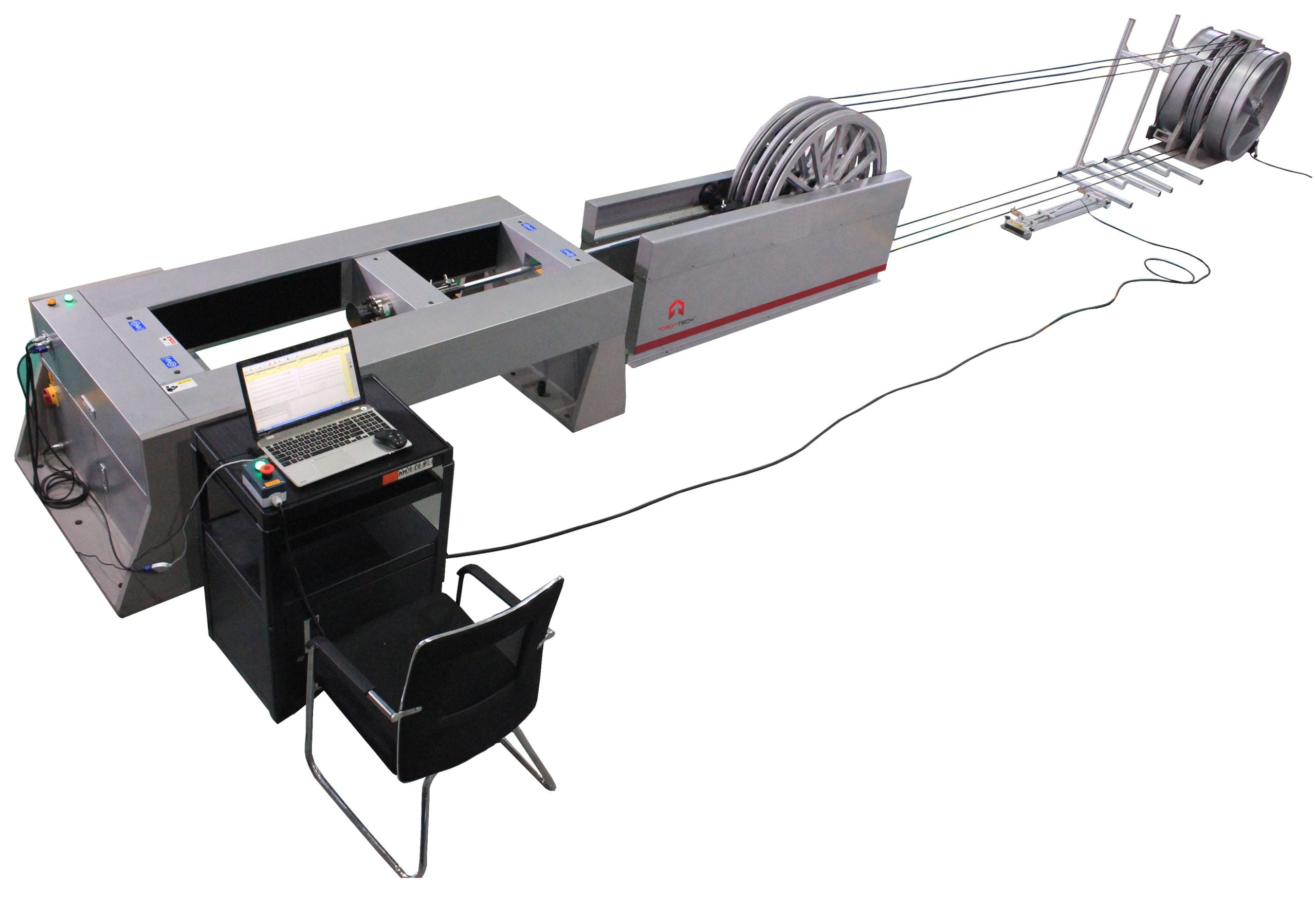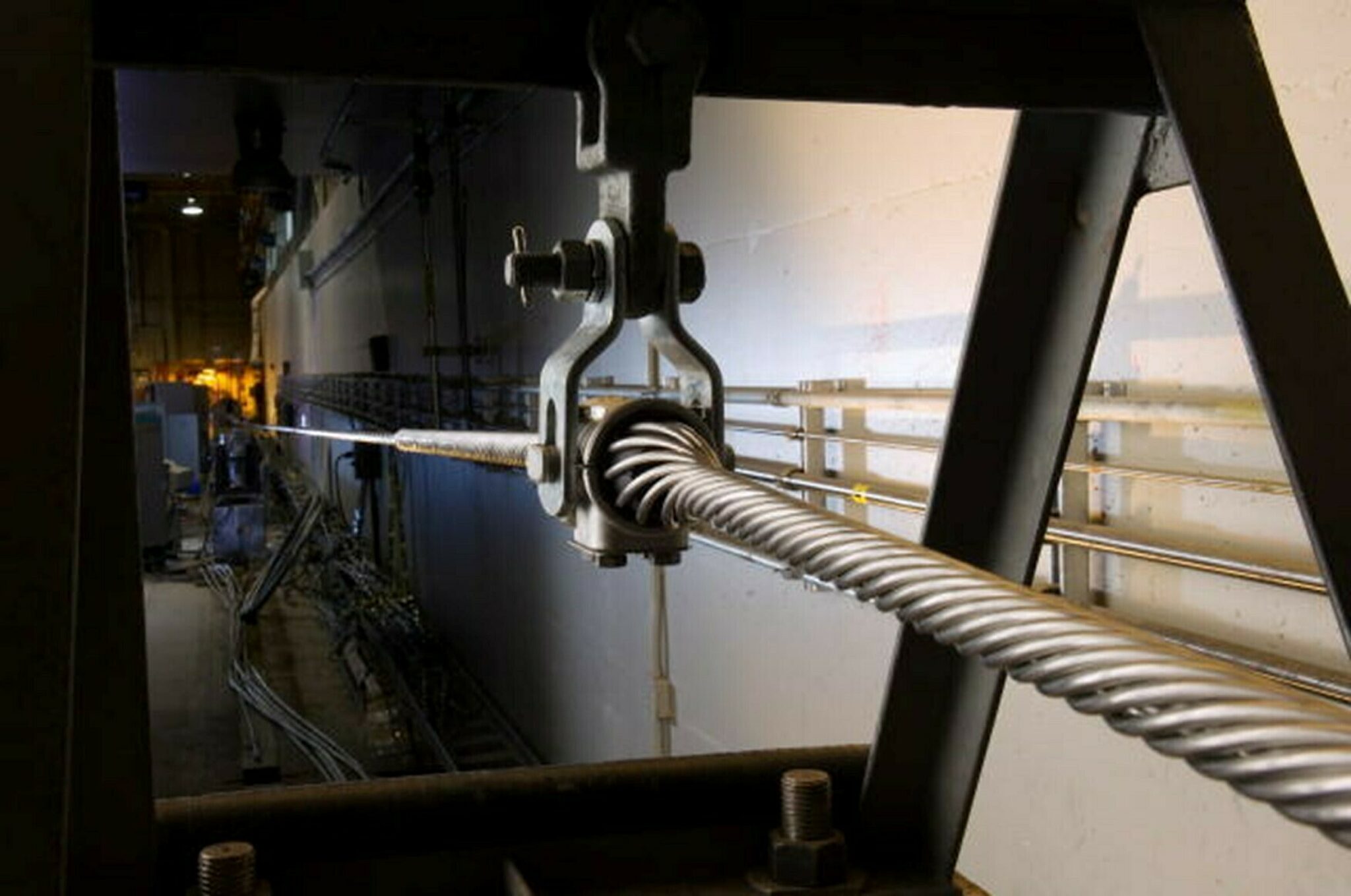Investing in optical fibre testing equipment enhances network performance.
Investing in optical fibre testing equipment enhances network performance.
Blog Article
Unveiling the Trick Uses of Optical Fibre Testing for Reliable Data Transmission
In the realm of contemporary communication, optical fibre screening arises as an essential practice for optimizing information transmission. Recognizing the diverse applications of optical fiber screening welcomes a much deeper expedition right into its crucial duty in shaping the future of data communication.

Importance of Optical Fibre Screening
The value of optical fibre screening can not be overemphasized, as it works as an essential part in guaranteeing the dependability and efficiency of data transmission systems. In an era where high-speed interaction is vital, any kind of deficiencies in fiber optics can bring about substantial data loss and minimized performance. Extensive screening methods are important to confirm the honesty and efficiency of optical wires.
Testing permits for the recognition of problems such as micro-bends, macrobends, and splice losses that can prevent signal top quality. It supplies insights into the overall attenuation and bandwidth capabilities of the fiber, guaranteeing that the network satisfies details functional criteria. Regular testing not only improves system efficiency but also prolongs the lifespan of the infrastructure by identifying prospective concerns prior to they intensify into costly failings.

Kinds Of Optical Fiber Examinations
Various sorts of optical fibre tests are conducted to ensure the performance and integrity of fiber optic networks. These tests can be classified into several key types, each offering a specific purpose in evaluating the integrity of the fiber.
First, Optical Time Domain Name Reflectometry (OTDR) is a popular test that identifies faults, interlaces, and ports within the fibre. By sending pulses of light and evaluating the mirrored signals, service technicians can identify problems along the fiber's length.
Second, insertion loss tests evaluate the amount of signal loss when light travel through ports or splices, which is vital for keeping network effectiveness.
Third, return loss examinations gauge the quantity of light reflected back in the direction of the resource, providing insights right into the quality of links and prospective sources of disturbance.
In addition, continuity examinations ensure that the fiber path is complete, enabling service technicians to verify that the fiber is intact without any kind of breaks. ofda.
Lastly, visual mistake Get More Information locators make use of visible light to identify breaks or severe bends in the fiber, helping in fast troubleshooting. Jointly, these examinations form a thorough strategy to preserving ideal efficiency in fibre optic networks.

Applications in Network Upkeep
In modern-day telecoms, reliable network upkeep relies heavily on optical fiber testing to identify and rectify issues quickly. Routine screening makes sure that the network runs at optimum performance levels, minimizing downtime and improving customer experience.
One of the main applications of optical fiber screening in maintenance is the detection of mistakes, such as breaks, bends, or incorrect links. Techniques like Optical Time Domain Reflectometry (OTDR) allow technicians to find these problems accurately and examine the top quality of the fibre link. In addition, loss screening validates the honesty of the optical path, making sure that signal depletion stays within appropriate limits.
Routine upkeep screening additionally assists in safety nets, identifying prospective troubles before they rise right into substantial failings. This positive strategy can save companies both time and funds. Furthermore, throughout upgrades or expansions, optical fibre screening guarantees that brand-new installations incorporate flawlessly with existing infrastructure.
Enhancing Data Transmission Dependability
Efficient network upkeep with optical fiber screening not just addresses prompt issues yet also plays a considerable duty in boosting information transmission reliability. By identifying mistakes, gauging signal loss, and examining the overall problem of fibre optic cords, screening ensures that possible problems are rectified prior to they rise right into significant disruptions.
Regular optical fiber screening, such as time-domain reflectometry (TDR) and optical time-domain reflectometry (OTDR), enables technicians to pinpoint the exact areas of breaks, flexes, or adapter concerns within the network. This positive technique not click to read more only reduces downtime but additionally enhances the efficiency of data transmission by guaranteeing that the paths for signals are clear and operating efficiently.
Moreover, screening help in verifying adherence to sector requirements and specifications, which is essential for maintaining the stability of data flow. By making sure that each link fulfills called for limits for loss and high quality, companies can boost their self-confidence in the dependability of their data networks.
Ultimately, purchasing thorough optical fiber testing not only boosts data transmission reliability however additionally supports the lasting functional efficiency of interaction frameworks.
Future Fads in Fibre Testing
Arising technologies are poised to transform fiber screening, leading the means for enhanced efficiency her response and precision in data transmission diagnostics (robotic vision). As the demand for faster web and greater transmission capacity remains to climb, the integration of advanced tools such as expert system (AI) and maker discovering (ML) is established to transform standard fibre screening approaches. These technologies will certainly make it possible for anticipating maintenance and automated fault discovery, significantly reducing downtime and boosting network dependability
Additionally, the fostering of Web of Things (IoT) tools will help with real-time monitoring of fibre networks, permitting prompt recognition of performance problems. This change towards aggressive monitoring will lessen disruptions and maximize data circulation.
Moreover, innovations in optical time-domain reflectometry (OTDR) and new screening requirements will certainly enhance the accuracy of dimensions, making sure that data stability is kept throughout the transmission process. The development of 5G technology likewise demands the growth of much more advanced fiber screening techniques to support its high-speed demands.
Verdict
In conclusion, optical fibre screening is vital for maintaining effective data transmission within communication networks. Normal testing not only makes certain compliance with market requirements but likewise promotes proactive upkeep, inevitably adding to the long-lasting dependability and efficiency of fiber optic systems.
Report this page